Ballot Measure Corruption: Hold the Outrage
CORRUPTION WATCH--“Candidates are increasingly using these [ballot measure] committees as slush funds for unlimited contributions from special interests. They’re paying off lawmakers without technically violating the law. It’s disgusting.” — Kathay Feng (photo above), executive director of California Common Cause, a leading good-government advocacy group, as quoted by the Bay Area News Group
We are supposed to be outraged by the news, via the Bay Area News Group, that the number of ballot measure committees controlled by candidates has grown over the past decade. Adding to the outrage we must feel: BANG’s analysis that only $1 out of every $4 spent by these committees went to passing or killing measures on the ballot.
And the final reason for screaming: much of that money went to cozy up to political donors! With trips! With gifts of suits! With $17,000 worth of appetizers! Kathay Feng of California Common Cause, in the above quote, says that these committees amount to slush funds that represent a way around candidate committees that have limits.
Two reactions: First, hook me up with one of those appetizers (they ought to be great at those prices). Second, hold your outrage and disgust. Statements like Feng’s are self-serving and unfair to elected officials – and create public misunderstanding about how lawmaking works in California.
If anything, the number of ballot measure committees suggest the very opposite of what outraged news reports and goos goos want you to think. The truth is not that too many California politicians have such ballot measure communities. The truth is too few politicians have such committees.
You read that right. BANG reports that just 32 legislators (out of 120 in the California legislature) control ballot measure committees; and only four of the seven state constitutional officers do. That’s scandalously low in California, for one simple reason:
If you are going to make laws in this state, you must be constantly plotting, strategizing and accounting for potential ballot measures. Because California’s ballot initiative process is just so powerful. A measure passed by the voters can’t be undone except by another vote of the people—that inflexibility distinguishes California.
For California lawmakers, this means that any of their policy efforts can be stymied, pressured – or undone permanently – by one ballot measure. In that context, it’s fair to ask if the 88 legislators who don’t have ballot measure committees are doing their jobs.
Such committees constitute a very basic defensive tool. Legislators who are serious about legislating must show strength and constantly be courting donors not merely in support of his or her re-election but in defense of their legislative agenda. You want to build up a fund to show your enemies you’re ready for a ballot fight; and you might want to court or sideline interests or donors that might bring forth a measure that could frustrate your goals.
That’s why the good government attempts to distinguish, as the BANG analysis does, between ballot measure committees giving to ballot campaigns and spending and maintenance of donors are ludicrous. Both donor maintenance and actual ballot contributions are both part of the same game.
In fact, good, strong preventive maintenance of donors is more important — and should be proactive. You don’t want to give to ballot measure campaigns (and so it’s natural, and not corrupt as the goo goos suggest, that 25 of these committees haven’t sent money to ballot measure campaigns). You want to prevent such campaigns from happening in the first place so that your legislation doesn’t get locked into the permafrost of California’s constitution or initiative statutes.
When you understand that legislators with these committees are merely doing their jobs, what then explains the outrage? Part of it is reflexive dislike of anything involving money in politics. But a good part of it is politics by Common Cause and other interest groups, whose power derives from the notion that they represent the public interest and are a check on corruption.
Such groups want leverage and power over politicians, and they themselves use the ballot measure process—making them potential competitors with the pols. Indeed they’ve used the ballot to pursue measures like the redistricting commission, which took power away from politicians, and created more power and influence for the good government folks themselves.
In this context, the expressed outrage about ballot measure committee is disingenuous, and strategic; the goo goos blast politicians for trying to do their jobs when what you’re really doing is constraining their power (and they are already very constrained) and enhancing your own power. Media outlets need to be smarter about giving good government the platform in their stories to speak as a voice of authority; they are just another contestant in the contest for ballot power in California. They shouldn’t be allowed to pose as the good guys.
The hard truth is that California’s ballot initiative system doesn’t leave any room for good guys. It’s all about power—and locking in your preferences.
Now, let’s take a step back. Is it good that our ballot initiative reality forces politicians to have these committees and do this extra fundraising? Of course not. Our inflexible system forces politicians to the ballot, both for defense and offense. And when elected officials use the ballot, that’s not really direct democracy –it’s a plebiscite. And that’s dangerous.
But the way to respond to that is not to attack politicians out of context. After all, they didn’t create this system—voters and interest groups did, often through ballot measure. The goal should be to make the ballot system more flexible.
There are two essential reforms. First, make it harder to change the constitution by initiative. And second, let politicians amend statutes passed by ballot initiative as if the statutes were any other law. That, in turn, would reduce the need for politicians to have ballot measure committees, since they could still change voter-approved laws that went too far without having to play the ballot game themselves.
Such changes would bring California more in line with other states and countries, and would make our system more rational. But in California, the people in power see the rational as unrealistic. These reforms aren’t. In fact, making the ballot initiative process more flexible would have natural allies and financial support. Including from the candidate-controlled ballot measure committees.
(Joe Mathews writes California Connected for Zocalo Public Square. This column was posted at Fox and Hounds.)
-cw

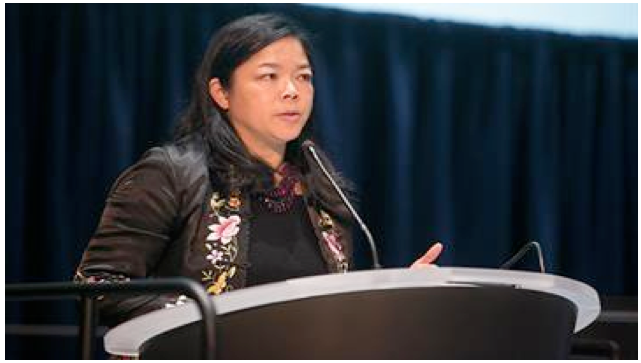
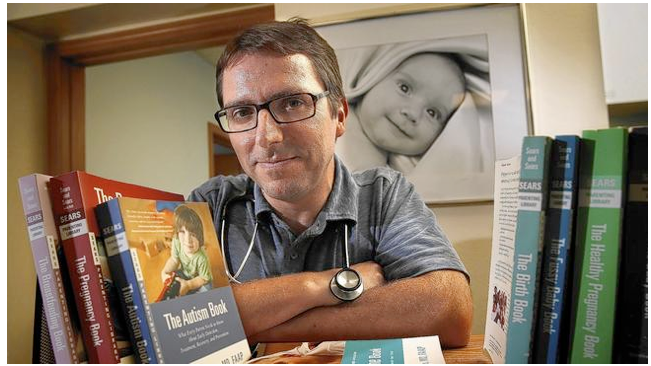
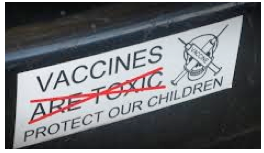 In other words, the state of California is going after Sears because of his approach to childhood vaccination. We can paraphrase the state's message to California doctors as follows: You can write vaccine exemptions when they are medically indicated, but you have to follow the principles and standards of accepted medical practice. Doctors who wish to continue playing the vaccination exemption game will probably be able to do so, but they will have to document each exemption by taking a medical history, examining the patient, and keeping adequate records. You might say that the state of California is requiring that vaccine exemption needs to be considered just as seriously as you would consider a possible case of pneumonia in a young patient.
In other words, the state of California is going after Sears because of his approach to childhood vaccination. We can paraphrase the state's message to California doctors as follows: You can write vaccine exemptions when they are medically indicated, but you have to follow the principles and standards of accepted medical practice. Doctors who wish to continue playing the vaccination exemption game will probably be able to do so, but they will have to document each exemption by taking a medical history, examining the patient, and keeping adequate records. You might say that the state of California is requiring that vaccine exemption needs to be considered just as seriously as you would consider a possible case of pneumonia in a young patient. 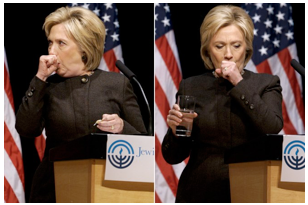 Late night comedians will be dusting off the Prevnar jokes. Unlike Vince Foster, she didn't get this one done. (If you didn't see the commercial, this line will be meaningless to you.) Reporters will explain to the Libertarian candidate that laryngitis is not a city in the middle east. Some comedian who went to college will connect Bill Clinton with the word pneumococcus.
Late night comedians will be dusting off the Prevnar jokes. Unlike Vince Foster, she didn't get this one done. (If you didn't see the commercial, this line will be meaningless to you.) Reporters will explain to the Libertarian candidate that laryngitis is not a city in the middle east. Some comedian who went to college will connect Bill Clinton with the word pneumococcus. 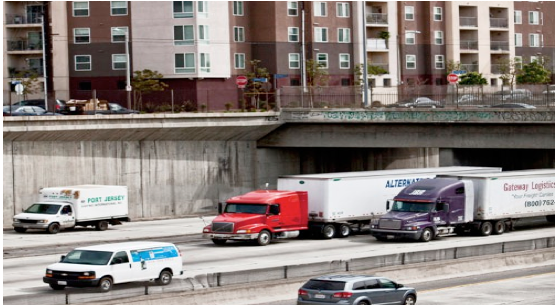
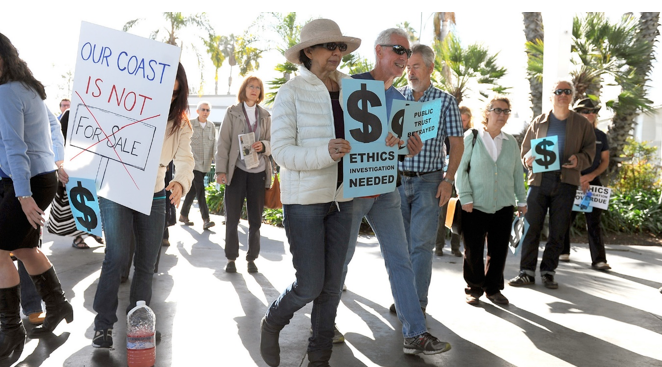
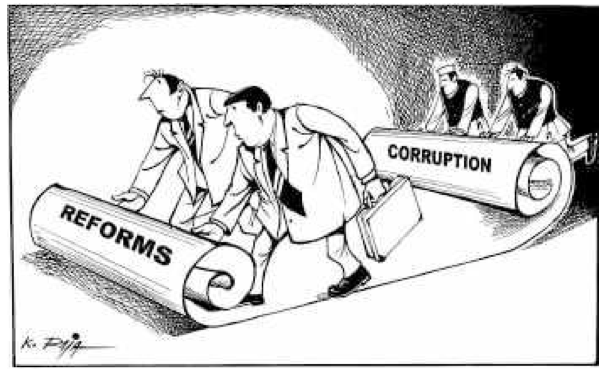
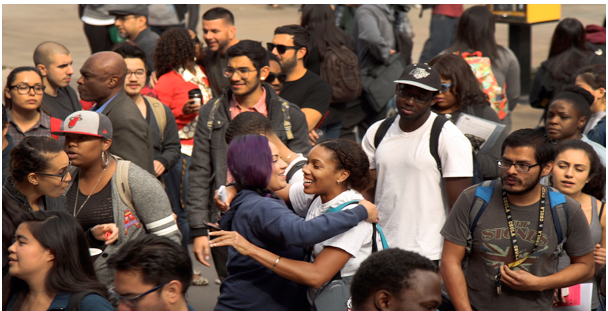
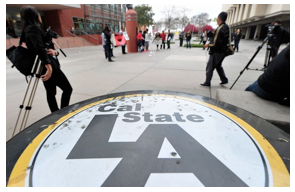 Certainly, any black student who truly wants to succeed will have nothing to do with this form of housing--which is publicly-funded, and should be subject to appropriate rules and governmental oversight. There remains the option of black colleges, but sooner or later there comes a time when anyone and everyone must choose to address and (hopefully!) befriend ALL our fellow Americans.
Certainly, any black student who truly wants to succeed will have nothing to do with this form of housing--which is publicly-funded, and should be subject to appropriate rules and governmental oversight. There remains the option of black colleges, but sooner or later there comes a time when anyone and everyone must choose to address and (hopefully!) befriend ALL our fellow Americans. 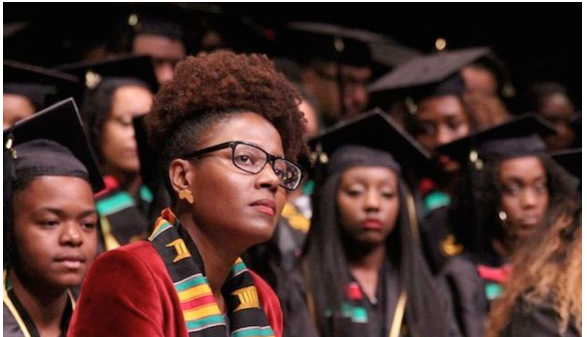
 Cal State made the right move by responding to the demands sensitively.
Cal State made the right move by responding to the demands sensitively.


